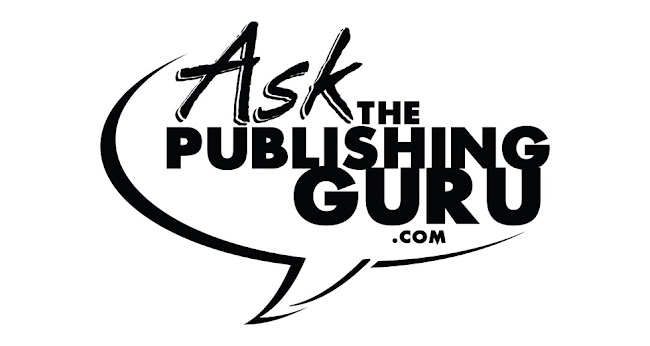Saturday, October 3, 2009
Book Nuts and Bolts
Many first time writers have no idea what parts a book should have in it. I will dedicate this post to giving you the list with brief descriptions based on the Chicago Manual of Style. For much more detail try a free trial at www.ChicagoManualofStyle.org.
Your book may not need all of these nuts and bolts, but here is the entire list in order as they would appear in your book if you used them all:
Front Matter: parts of the book that come before the text
Half Title: a page with just the title on it
Title page: a presentation of the full title of the book, subtitle, name of author, and publisher
Copyright page: the CMS has 21 entries about this page, but the basics are the copyright information and publisher information
Dedication: I love you, mom!
Epigraph: a quote at the beginning of the book. You may also put one at the beginning of each chapter and at the end of the book.
Table of Contents: I think you all know what this is.
List of Illustrations and List of Tables: You should only consider this if you have a large quantity of illustrations or tables.
Foreword: Many spell this incorrectly. This is a statement by someone other than the author. I recommend someone of prominence in the genre or subject matter of your book.
Preface: why you are writing this book
Acknowledgments: self-explanatory
Introduction: This may be written by the author or another person and is normally about the book. i.e. Its origin
Text: This is your argument (non-fiction) or story (fiction).
Parts: Usually numbered and contain two or more chapters each
Chapters: divisions of the book with titles, preferably short and descriptive
Subheads: divisions within long chapters
Epilogues, Afterwords, and Conclusions: these nuts and bolts are an opportunity for the author to make a final statement about the story or subject presented
Backmatter: all the stuff after the text
Appendixes: may include content not absolutely necessary, but supportive for clarification on argument or story
Chronology: a chronological list of events pertinent to the argument or story
Endnotes: these would be the notes from each chapter
Glossary: contains foreign word or unfamiliar terms
Bibliography or reference list: this is self-explanatory
List of contributors: this is usually only used in the case of many contributors
Index: You know what this is.
Colophon: the description of how and by whom the book was designed and produced
If you need any help with editing, design, printing advice, or marketing, contact us for a free consultation:
Subscribe to:
Post Comments (Atom)


No comments:
Post a Comment